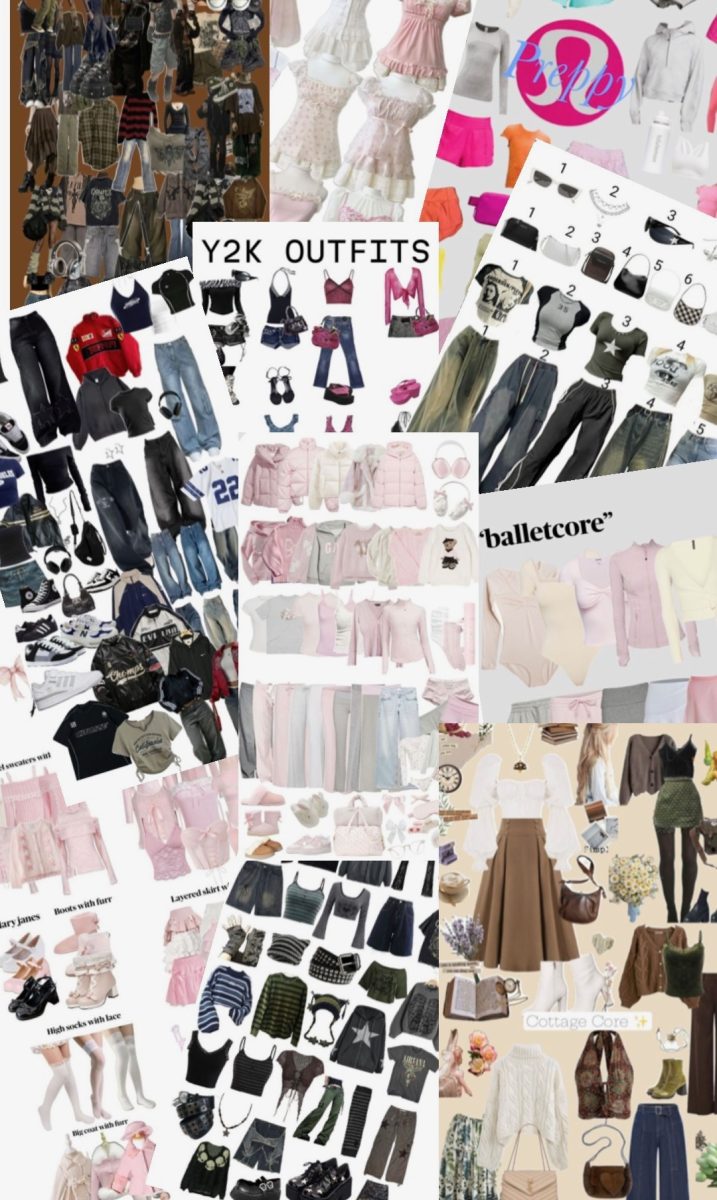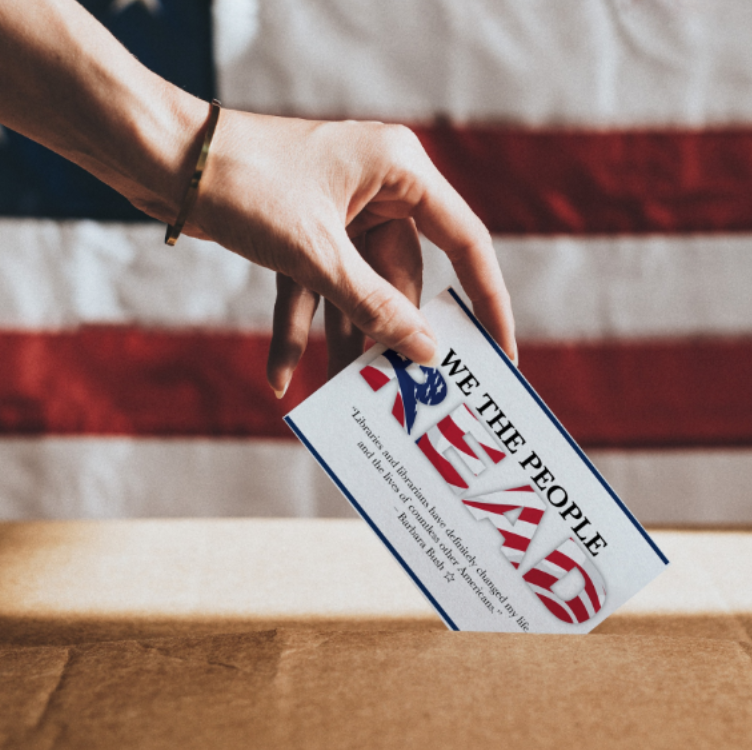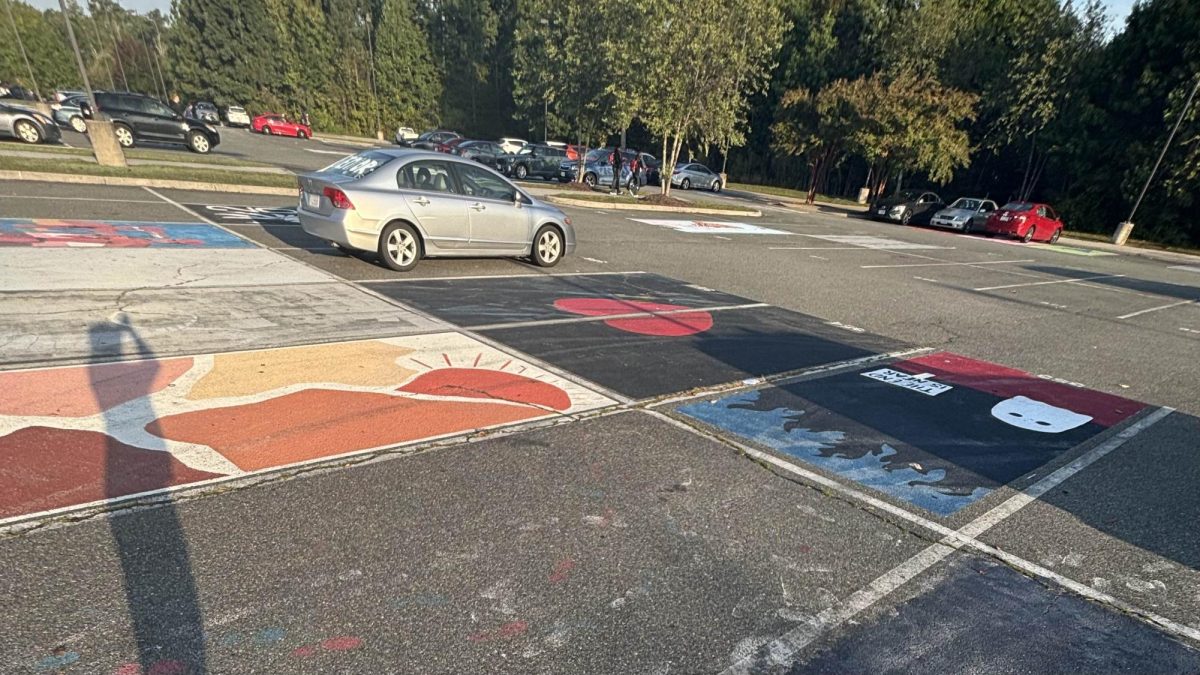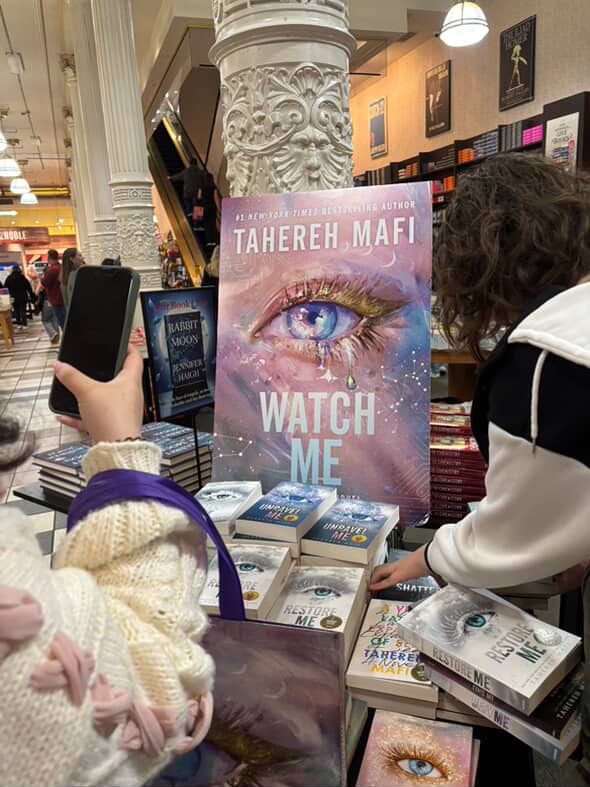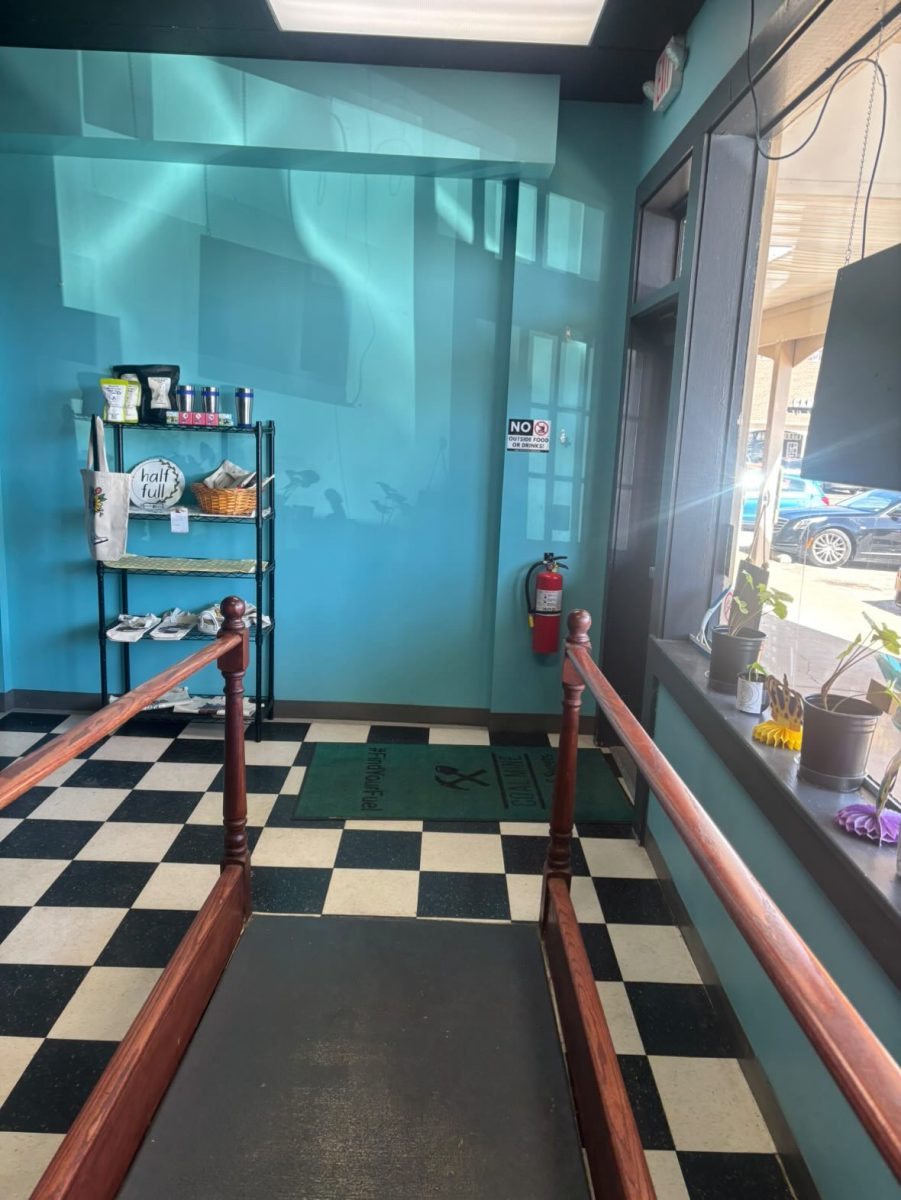The world of fashion and style, aesthetics have become a fundamental part of modern media and culture. From celebrities to suburban kids, style choices are a form of self expression and an outwards show of personality. However, with fashion and style coming to the forefront of mainstream media and the progression of trends fitting into certain “aesthetics” or “cores”, it can be hard to feel any sense of individuality or freedom to express oneself without the pressure of conforming to trends.
Trends do not have to be global phenomena that affect millions; trends happen within schools, within grades, and even just friend groups. Trends also do not have to be as small as curtain bangs or low rise pants; an entire style or aesthetic can be a trend. While there is nothing wrong with liking what is popular and trending, it can become problematic when following trends is used as a mask, or done out of fear of ridicule.
Junior Julia Herald shares her thoughts on trend-following giving a sense of security and safety to people and to assure that they are accepted.
“I think that people have gotten so afraid of being cringe that trends have taken over to be uniform in a sense. It’s a foolproof way to wear something without being shamed for it; all people want to do is fit in,” Herald said.
Wanting to be accepted, or rather not wanting to be ostracized, is a valid and universally understood feeling. The idea that trends can smother individuality is not to shame people for following trends or assume that they are only doing so because they are afraid. The issue is not in clothes, but the judgement and stigma that is often passed over nonconformity which then stifles people’s ability to grow into themselves.
In high school, soon-to-be young adults are just beginning to find their footing and understand themselves as people. This is why the often oppressive-feeling highschool social environment and the trends within a high school’s culture can be detrimental to them exploring their individual self expression.
Sophomore Mercy Bruce talks about the need for freedom when developing oneself, and how clothes and style is an outward expression of that.
“There’s definitely an urge to fit in with people that I despise. Kids need to be able to experiment and find who they are and a part of that is how they look. That’s part of the reason I don’t like those [silly] trendy outfits for literal children,” Bruce said.
This is a call to start championing individuality and acceptance rather than passing judgement over things that do not ‘fit in’ and to explore and play with self expression rather than staying in the confines of what surrounds you. Herald talked about the importance of exploring this and how it is a part of self-discovery.
“It helps you find your identity, yes, it is so important to know who you are,” Herald said.
Feeling unjudged and confident is easier said than done. Bruce speaks on how the feeling of freedom outweighs the anxiety or pressure of outside influence.
“It’s kinda hard to just not care about what other people say but it’s better to enjoy and know yourself then be stuck in someone else’s world,” Bruce said.
Generally, while trends can be harmless and simply shared enjoyment, they should not be used as a mechanism to pressure people or a standard to hold people to. They are a fundamental part of a wider issue. But by supporting and looking into the niche, the unconventional, or simply the ‘non-trendy’, more freedom and individualism can be fostered.
In the end, if they are not being harmful or problematic, everyone should feel equally comfortable to and equally supported to be and express their own person. Herald shares her adamant support for expressivity.
“Don’t do it for your friends, your friends’ friends, your mom, your dad, or your uncle. Do it for you! It’s your life,” Herald said.


